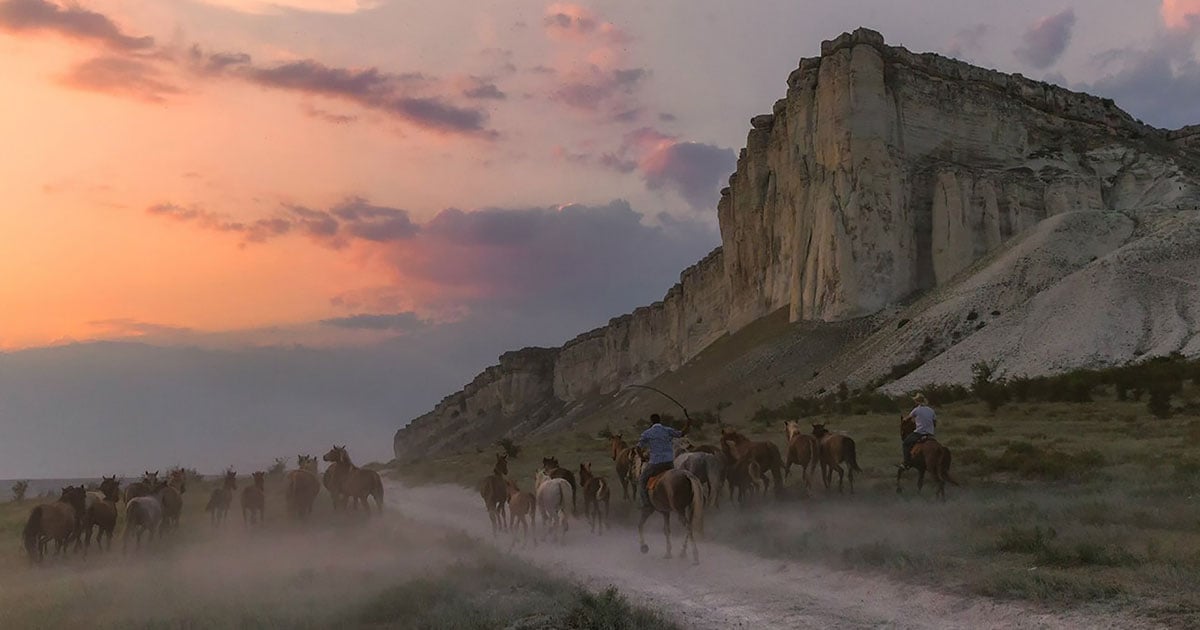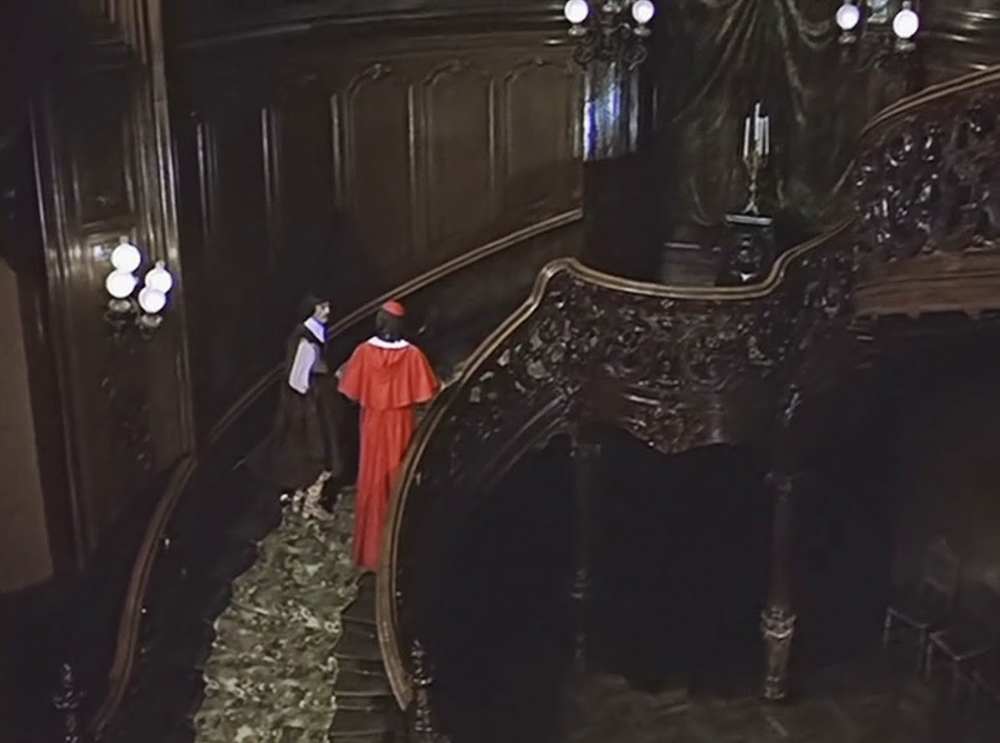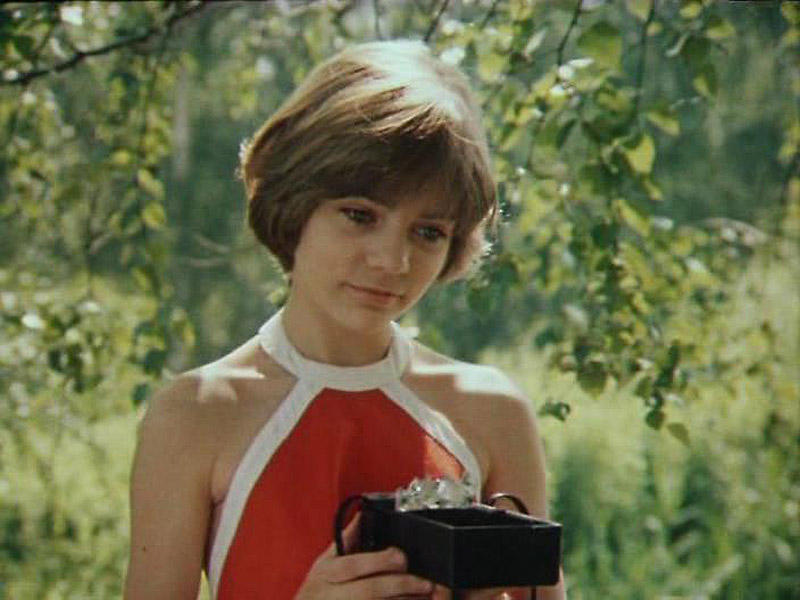Set and match: when Soviet film locations stood in for the West

When Soviet film and TV directors wanted to shoot Western-set stories like Sherlock Holmes and The Three Musketeers, they had to to make do with Eastern Bloc locations. And with a little ingenuity, the results could be surprisingly good
You can’t get to Paris from Vitebsky railway station in St Petersburg, enter the offices of the Third Reich Security Services in Moscow, or cross the Swiss border from Georgia. At least not in the real world. But such boundaries were overcome by the magic of Soviet cinema.
The USSR, stretching over 15 countries of the Eurasian continent, was a world within a world, offering all kinds of natural landscapes as well as architectural and cultural diversity. This allowed Soviet filmmakers to shoot the Western world without leaving their home country.
Movies that brought Soviet audiences glimpses of forbidden countries abroad were always hugely popular in cinemas. Of course, they were glimpses of a fake and often kitsch version of reality, designed with the ideological aim of exposing capitalist decadence while promoting the Soviet values of social equality and technological progress. However, unlike Hollywood, which tended to demonise the Soviet Union, Soviet filmmakers portrayed the West mostly in comedies and musicals, creating an ironic rather than a hateful impression. Here are some iconic scenes depicting the West from classic Soviet movies.
The Amphibian Man
Lenfilm, 1962
The creators of the 1961 Soviet sci-fi romance The Amphibian Man were faced with some major challenges. They had to film underwater without special equipment being available at the time and recreate the faraway and unknown Argentina of the 1920s, where the story of the original 1927 novel unfolds. The Black Sea was chosen as an understudy for the Atlantic Ocean. Seaside scenes were filmed near Laspi Bay (Bukhta Laspi) and White Cliff (Belaya Skala) in Crimea. The busy Argentinian streets and nightlife were reconstructed in Baku with the city’s iconic spots like Maiden Tower (Qız Qalası) and Inner City (İçəri Şəhər) decorated with neon advertising signs and retro cars rented from across the USSR. The boat that appears onscreen through the movie, the Meduza, is an original pre-revolutionary Finnish fishing boat. Though mostly unknown in the West, The Amphibian Man has become a cult classic nevertheless.
Seventeen Moments of Spring
Gorky Film Studio, 1973
The streets were empty when this legendary 12-episode series about Stirlitz, a Soviet spy in Nazi Germany, was broadcast on state TV. It reached a total audience of 80 million during the first show. Scenes of everyday life in wartime Berlin were filmed partly in the DDR and partly in Riga. The Latvian capital, along with Tallinn, was regularly used as stand-ins for German or English cities while Moscow was used to shoot the offices of the Third Reich Security Services. The episode showing Stirlitz crossing the Swiss border was actually shot in Georgia.
D’Artagnan and the Three Musketeers
Odessa Film Studio, 1978
Alexander Dumas’ The Three Musketeers was adapted for the screen by Odessa Film Studio in 1978. It’s a three-episode musical that restages the adventures of 17th-century France in western Ukraine. Scenes from the Treville mansion and Richelieu Palace and others set in in Paris were filmed in Lvov, while the seaside scenes of d’Artagnan’s English mission were shot on the Black Sea coast near Odessa.
Sherlock Holmes and Doctor Watson
Lenfilm, 1979-86
This 11-episode TV adaptation of Arthur Conan Doyle’s iconic stories included Queen Elizabeth II and Margaret Thatcher among its fans. Indeed Vasily Livanov went on to be awarded an honorary MBE for his portrayal of Sherlock Holmes in 2006. To its Soviet audience the series was a pure representation of British reality, but the series was shot in a number of Soviet republics from Abkhazia to Estonia. Detective Holmes and Dr. Watson having their classic porridge breakfast with the evocative sound of the BBC radio sound on in the background was a familar sight for every Soviet family.
A Man from the Boulevard des Capucines
Mosfilm, 1987
Rowdy cowboys, impressive fight scenes and the everyday life of a typical American Wild West town were brought to life in Crimea by Alla Surikova, one of the few female Soviet directors. Most of the film was shot in the fake town of Santa Carolina not far from Feodosia, while other scenes were shot near the White Cliff and Koktebel Bay. A sweet mockery of the Wild West myth, the film also reflects on the influence of mass entertainment in modern society by telling the story of Mr First, who hypnotises the residents of the town with Chaplinesque silent films on his cinematograph. A man from the Boulevard des Capucines is a true post-modernist Soviet rhapsody.



















.jpg)